MARKET OVERVIEW
The global petroleum asphalt market will take a path outside of traditional expectations, becoming greater than a division in the energy or construction sectors. It will increasingly define new uses and alignments with new infrastructure systems, scientific breakthroughs, and evolving environmental stories. Although long linked to road building and waterproofing, its reach will extend far beyond what it has ever been utilized for. This market will no longer be merely a function of petroleum refining byproduct it will be a specialty material in the process of innovation and reinterpretation.
When the global petroleum asphalt market enters coming decades, its involvement in high-tech civil engineering endeavors will increase exponentially. The focus of research will be working with its chemical makeup to increase durability, decrease heat gain, and even improve environmental sensitivity. Cities designing for extreme weather resilience and sustainability objectives will start to look at asphalt as a strategic material instead of a default. Roads tomorrow might not only be routes for transport but infused with technologies interacting with this petroleum binder in innovative, smart manners.
The use of asphalt in energy-efficient design will come into the spotlight as well. There will be experimental crossings between this market and green urban planning, where adapted types of petroleum asphalt might underwrite novel kinds of thermal insulation, stormwater management systems, and urban heat island mitigation technologies. This creates avenues for interdisciplinary collaboration putting chemists, architects, climate analysts, and civil engineers into dialogue with producers and refiners. The material's well-documented adhesive and water-resistant properties will be more deeply investigated in order to construct flexible, adaptive infrastructures within smart cities.
Innovation will not only arise from end-users but also from policy and geopolitics. With changing refinement processes to meet tighter environmental regulations, the properties of the asphalt produced from them will also change. The global petroleum asphalt market will have to adapt to this changing environment, foreseeing feedstock composition shifts and their knock-on impacts. Further, decentralization of supply chains and regional self-containment objectives will spawn new demand hubs, compelling legacy centers to re-imagine and refocus. This will raise questions over the way asphalt is made, held, and conveyed giving rise to localized technological rediscovery.
The future for the global petroleum asphalt market will be led not only by economic need but by vision for what the material can do. Schools and research organizations will increasingly analyze asphalt not only through the prism of mechanical engineering but also through environmental science and city planning. It will become a platform through which broader questions about mobility, sustainability, and resilience are explored. Instead of being simply assumed, asphalt will come to be regarded as a living material, molded by human will and technological drive.
As this industry moves forward, it will no longer be confined to limits of established utility. Rather, it will come into being as a basis literally and abstractly on which the infrastructure of coming societies will be constructed. The global petroleum asphalt market will not merely provide roadways; it will undergird progress.
Global petroleum asphalt market is estimated to reach $47,365.7 Million by 2032; growing at a CAGR of 3.84% from 2025 to 2032.
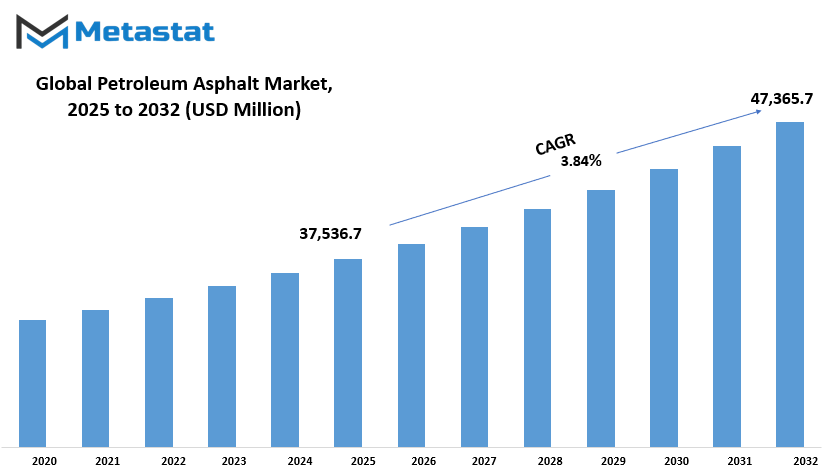
GROWTH FACTORS
The global petroleum asphalt market has emerged as a substantial contributor to the contemporary construction area. With rapid-paced urbanization and developing investment in infrastructure, asphalt is experiencing steady demand, in particular in avenue construction and roofing substances. Around the arena, nations are widening highways, restoring getting older shipping corridors, and modernizing towns all of which want vast quantities of asphalt. It isn't best used for constructing smooth, long-lasting roads but is likewise critical in developing long lasting rooftops and sealing structures that could resist harsh climate.
Urban regions are developing rapid, and with this increase comes the need for higher roads, housing, and business spaces. Asphalt performs a relevant position in all of these tendencies. Its strain-resistance and thermal change resistance, together with waterproofing abilities, make it a favourite among architects and engineers alike. As individuals migrate to the cities and require improved infrastructure, asphalt use will automatically increase, particularly in roofing and sealing applications that provide buildings with protection from water damage.
However, even though there are many applications of asphalt, the petroleum asphalt is part of issues in the market. One of the major issues is the cost of crude oil, which has a direct impact on the cost of asphalt production. As a by-product of oil refinement, the cost of asphalt oscillate in relation to trends in the world oil market. This makes it difficult for construction companies and governments to make budget and plan for the future. In addition to cost, environmental concerns are. Production and use of petroleum-based asphalt is air pollutants and are issues of stability. Governments in various countries are implementing strict rules, forcing the industry to look for alternative and safe products.
Despite these obstacles, the industry is moving towards innovation. Manufacturers and researchers are working on recycled and durable asphalt products that are environmentally friendly. These solutions use re -obtained materials, cut the demand for new production and prevent waste. With the increasing popularity of green manufacturing methods, such permanent solutions will create equal interest from public and private sectors. Not only will these innovation reduce the carbon footprint associated with projects, but they will also provide new opportunities for expansion in the global petroleum asphalt market.
The global petroleum asphalt market indicates a trajectory guided by increasing demand and technological advancements, even as it weathered price issues and environmental issues. In the coming years, the move toward sustainability and increasing demand for robust infrastructure are expected to keep this market going.
MARKET SEGMENTATION
The Type
The global petroleum asphalt market is progressively moving toward refined segmentation as call for styles grow extra particular throughout industries. One superb department consists of the type of petroleum asphalt into Hot Mix Asphalt, Warm Mix Asphalt, and Cold Mix Asphalt. This segmentation isn't simply technical it reflects the real-world applications and conditions in which every type offers a realistic suit.
Hot Mix Asphalt will preserve to play a dominant function due to its full-size use in dual carriageway construction and massive infrastructure tasks. It is laid at high temperatures, making it long lasting and robust sufficient to handle heavy visitors loads. This characteristic makes it a cross-to material for regions focused on lengthy-term performance. Warm Mix Asphalt, however, is gaining greater interest for its lower emission stages and power-green manufacturing manner. Its ability to be laid at decreased temperatures with out compromising quality makes it an appealing option for projects that need to balance overall performance with environmental issues. Cold Mix Asphalt, although much less not unusual in huge-scale projects, will stay crucial in remote or emergency packages. Since it doesn’t want to be heated, it's far particularly useful for renovation in regions with constrained access to heavy machinery or in less warm climate conditions.
These 3 types meet the precise needs of various environments, challenge sizes, and budgets. Their continued use and improvement display that the industry is moving towards customization in preference to a one-length-fits-all technique. Governments, contractors, and suppliers are all searching out materials which could offer higher performance, easier application, or greater sustainable outcomes relying on what the activity requires.
Looking in advance, the call for for each kind of asphalt will probably shift primarily based on regulatory modifications, climate desires, and advancements in avenue technology. Regions focusing on sustainability and fee-effectiveness may additionally an increasing number of pick Warm Mix Asphalt. Meanwhile, densely populated areas with high site visitors will stick with Hot Mix Asphalt because of its confirmed power. Cold Mix Asphalt, with its ease of use, will maintain to serve area of interest wishes wherein other kinds are much less practical.
The ongoing segmentation of the global petroleum asphalt market into Hot Mix Asphalt, Warm Mix Asphalt, and Cold Mix Asphalt shows a marketplace responding to real-international demands with sensible solutions. This tailored approach will form the future of street creation and protection throughout the globe, aligning material preference with function, vicinity, and long-time period dreams.
By Application
The global petroleum asphalt market will maintain to discover huge and important use across several industries, particularly in infrastructure and production. By software, the market is divided into avenue production, roofing, airports and airfields, waterproofing, and others. Each phase plays a particular role in shaping the demand and course of the marketplace.
Road production stands out as a number one area in which petroleum asphalt is used. Its capability to bind materials together and create clean, long-lasting surfaces makes it a desired preference for highways, streets, and rural roads. As international locations make bigger and improve their delivery networks, this application will maintain strong call for. In roofing, petroleum asphalt will stay valued for its waterproof traits. It facilitates shield homes from leaks and vicious climate, making it a sensible material in both residential and business roofing systems.
In airports and airfields, the strain from plane and the want for robust, clean runways makes asphalt a critical aspect. Its durability and potential to withstand excessive masses without cracking too easily are reasons why it's going to keep gambling a central position in airport improvement and maintenance. The waterproofing section may also see constant usage of petroleum asphalt, specifically in basements, tunnels, and bridges. Its potential to form a shielding barrier in opposition to moisture will stay useful in production projects in which water harm is a difficulty.
Beyond these primary programs, there are numerous different makes use of in which asphalt’s electricity, flexibility, and sealing qualities are available reachable. These include manufacturing of soundproofing materials, insulation forums, or even paints. Though smaller in scale in comparison to roadwork or roofing, those applications still make a contribution to the general market image.
As the global petroleum asphalt market presented by using Metastat Insight keeps to transport ahead, its software throughout these varied sectors will not simplest shape demand styles however also affect how the material is refined and tailored for extraordinary purposes. From laying roads that connect cities to sealing roofs that shield homes, petroleum asphalt will continue to be an critical fabric in shaping normal infrastructure.
By End User
The global petroleum asphalt market continues to maintain importance across diverse sectors, fashioned in large part with the aid of the give up customers who depend on it for vital infrastructure and commercial functions. Within this market, the distribution based totally on end users allows in expertise how call for is shaped and wherein future consumption will likely rise. This segmentation gives clarity on the industries and services that actively make contributions to the continued use and necessity of petroleum asphalt.
Construction corporations constitute a chief percentage of the global petroleum asphalt market. They regularly use petroleum asphalt in constructing roads, highways, parking areas, and numerous structural projects. Asphalt's sturdiness and waterproof properties make it a preferred cloth in massive-scale construction work. As urban development and populace increase boom, construction groups will remain a sturdy force driving using petroleum asphalt.
Government and public zone organizations also play a essential position. Whether through national road-building programs or urban redevelopment tasks, these bodies allocate budgets and provoke lengthy-term contracts for asphalt deliver. Public infrastructure including highways, airport runways, and municipal road structures relies upon on constant access to best asphalt materials. Future investment in public transportation systems and clever town development will ensure persisted involvement from this area.
Roofing contractors form any other sizable institution amongst cease users. Asphalt is often utilized in roofing because of its robust weather resistance and capability to seal systems against moisture. These specialists use asphalt-based shingles and rolls to assemble and restore roofs, specially in residential and commercial buildings. As excessive weather will become greater frequent in certain regions, the demand for lengthy-lasting and weather-resistant roofing answers will in all likelihood grow, in addition growing asphalt use in this phase.
Road upkeep businesses are also consistent customers of petroleum asphalt. They carry out essential repair and resurfacing tasks, assisting to extend the lifestyles of current roads. Maintenance is a consistent necessity, no matter monetary shifts, making this institution a strong and habitual purchaser of asphalt. As getting old infrastructure will become a urgent trouble in many nations, avenue renovation efforts will advantage extra attention, main to sustained asphalt consumption.
Infrastructure builders use petroleum asphalt for lots of projects beyond simply roads. From bridges and airports to industrial parks and freight corridors, their desire for asphalt is going hand-in-hand with regional and country wide development plans. With many governments focusing on long-term infrastructure upgrades, the demand from this section will remain steady and, in a few cases, grow notably.
Each of these cease customers adds a unique layer to the global petroleum asphalt market. While their requirements might also fluctuate in scale and reason, their collective reliance on petroleum asphalt highlights its endured fee. This shape of the marketplace, segmented via how it’s used across industries, will assist expect where demand will upward thrust and how the delivery chain should respond.
|
Forecast Period |
2025-2032 |
|
Market Size in 2025 |
$37,536.7 million |
|
Market Size by 2032 |
$47,365.7 Million |
|
Growth Rate from 2025 to 2032 |
3.84% |
|
Base Year |
2024 |
|
Regions Covered |
North America, Europe, Asia-Pacific, South America, Middle East & Africa |
REGIONAL ANALYSIS
The global petroleum asphalt market is seeing converting patterns shaped with the aid of nearby demands and availability. Based on geography, this marketplace is cut up throughout main areas that consist of North America, Europe, Asia-Pacific, South America, and the Middle East & Africa. Each of those performs a wonderful position in how the petroleum asphalt enterprise will progress in the coming years.
North America stands proud with a nicely-defined shape, with the USA, Canada, and Mexico all gambling critical roles. The U.S., mainly, has maintained a constant call for driven through large-scale infrastructure restore and construction. Canada helps this with its very own improvement efforts, even as Mexico is possibly to enjoy more use as avenue enlargement maintains.
In Europe, international locations along with the United Kingdom, Germany, France, and Italy shape the middle of the marketplace. They observe strict environmental rules, that could effect how petroleum asphalt is used or even substituted in sure programs. The Rest of Europe nevertheless indicates capability, particularly in Eastern international locations wherein urban increase and transport expansion are expected to increase.
The Asia-Pacific place is one of the maximum dynamic contributors. Countries like India and China are seeing rapid-paced production and urbanization, which fuels the demand for street materials. Japan and South Korea bring in wonderful infrastructure practices, whilst the Rest of Asia-Pacific holds promise as developing countries paintings on connectivity and public infrastructure.
South America consists of Brazil and Argentina, wherein government-led projects regularly determine the tempo of interest. These nations are operating via demanding situations in transportation networks, and there's a steady push to improve avenue excellent and logistics access across diverse regions. The Rest of South America will in all likelihood develop at its personal tempo, stimulated by using financial and political balance.
In the Middle East & Africa, countries like those inside the GCC (Gulf Cooperation Council), Egypt, and South Africa are increasing roadways and business zones. Oil-rich international locations within the GCC have clean access to uncooked substances, which gives them a exclusive edge. Egypt and South Africa are pushing for improved infrastructure, and the Rest of the place is anticipated to follow in steps depending on development strategies and investment help.
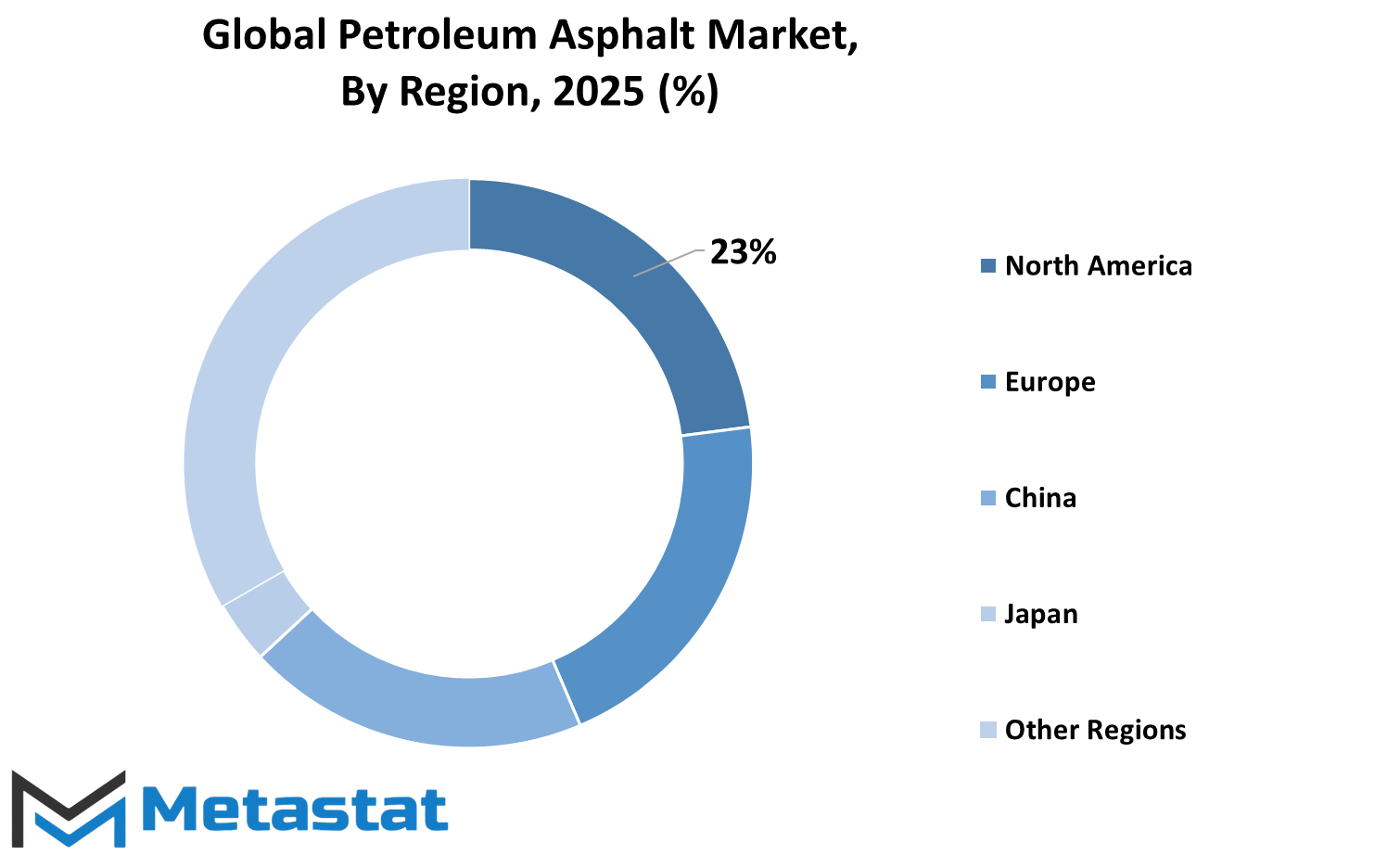
COMPETITIVE PLAYERS
The global petroleum asphalt market is going into a phase where traditional manufacturing and infrastructure priorities will meet new regulator, environmental and technical expectations. As construction projects are manifold and roads keep lifting the weight of transport systems, the demand for petroleum asphalt remains stable. This market is not only about floating roads-it is close to government scheme, industrial production and funding of long-term infrastructure. Over time, the scope of petroleum asphalt applications will be shifted due to alternative materials, emissions concerns and changing public preferences. But in the near future, the global petroleum asphalt market will still bend heavy on petroleum-based solutions, especially in developing areas where cost and durability are top concerns.
Currently, bitumen-which is often referred to as asphalt-is extracted as a by-product of crude oil refining and is mainly used in road construction. Its strong binding capacity and water resistance is essential for durable surfaces. Urbanization and highway development continue their use, especially in the Asia-Pacific and parts of the Middle East and Africa. Since new roads are kept and existing people are repaired or resurrected, the petroleum remains central for the asphalt scheme and execution, especially in nations that experience rapid economic development.
Many of the groups working on this area are household names inside the power sector. Key players within the global petroleum asphalt market include ExxonMobil Corporation, Royal Dutch Shell p.C, Chevron Corporation, BP %, Marathon Petroleum Corporation, HollyFrontier Corporation, Nynas AB, Valero Energy Corporation, Repsol S.A., Cenovus, Petrobras S.A., Ashland Global Holdings Inc., Colas Group, CRH percent, Astec Industries, CEMEX, and Aggregate Industries. Their experience in refining and distribution allows them to dominate deliver chains and contract bids. These firms often combine asphalt manufacturing into broader electricity techniques, allowing them to adapt to price fluctuations and logistical challenges greater without problems than smaller agencies.
In the years to come, sustainability issues will step by step have an effect on the course of petroleum asphalt improvement. While bio-based totally alternatives and recycled answers are still of their early stages, they're attracting attention in areas with strict environmental requirements. However, the transition received was immediate. For now, the global petroleum asphalt market will keep counting on established refining methods and distribution structures, at the same time as organizations explore cleanser techniques and components to lessen emissions at some point of software.
Adaptation received is optional. Weather-resilient materials, better lifecycle assessments, and greater efficient transportation strategies will begin playing larger roles. Companies that put money into innovation with out sacrificing performance are more likely to live competitive. Those that forget new standards or delay updating their production strategies may additionally struggle to live relevant as international regulations tighten.
Petroleum Asphalt Market Key Segments:
By Type
- Hot Mix Asphalt
- Warm Mix Asphalt
- Cold Mix Asphalt
By Application
- Road Construction
- Roofing
- Airports and Airfields
- Waterproofing
- Others
By End User
- Construction Companies
- Government and Public Sector
- Roofing Contractors
- Road Maintenance Companies
- Infrastructure Developers
Key Global Petroleum Asphalt Industry Players
- ExxonMobil Corporation
- Royal Dutch Shell plc
- Chevron Corporation
- BP plc
- Marathon Petroleum Corporation
- HollyFrontier Corporation
- Nynas AB
- Valero Energy Corporation
- Repsol S.A.
- Cenovus
- Petrobras S.A.
- Ashland Global Holdings Inc.
- Colas Group
- CRH plc
- Astec Industries
- CEMEX
- Aggregate Industries
WHAT REPORT PROVIDES
- Full in-depth analysis of the parent Industry
- Important changes in market and its dynamics
- Segmentation details of the market
- Former, on-going, and projected market analysis in terms of volume and value
- Assessment of niche industry developments
- Market share analysis
- Key strategies of major players
- Emerging segments and regional growth potential



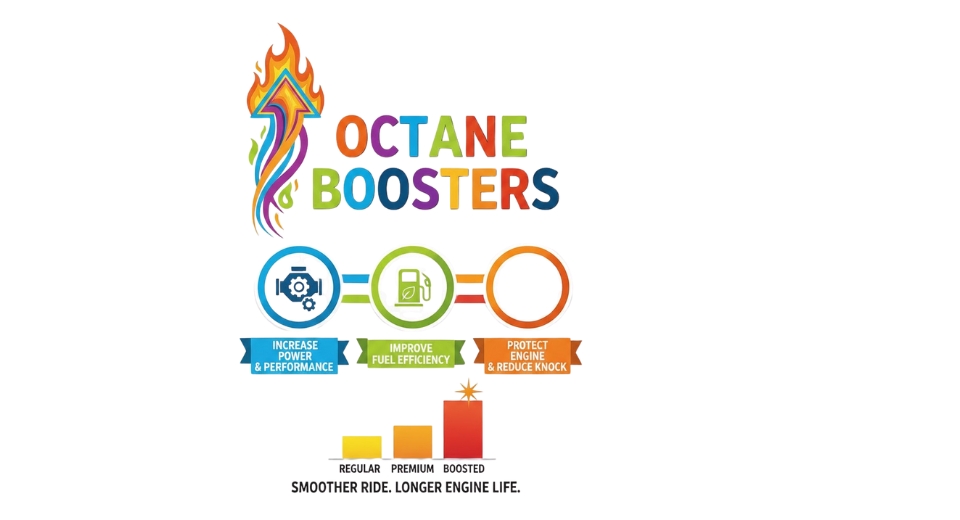

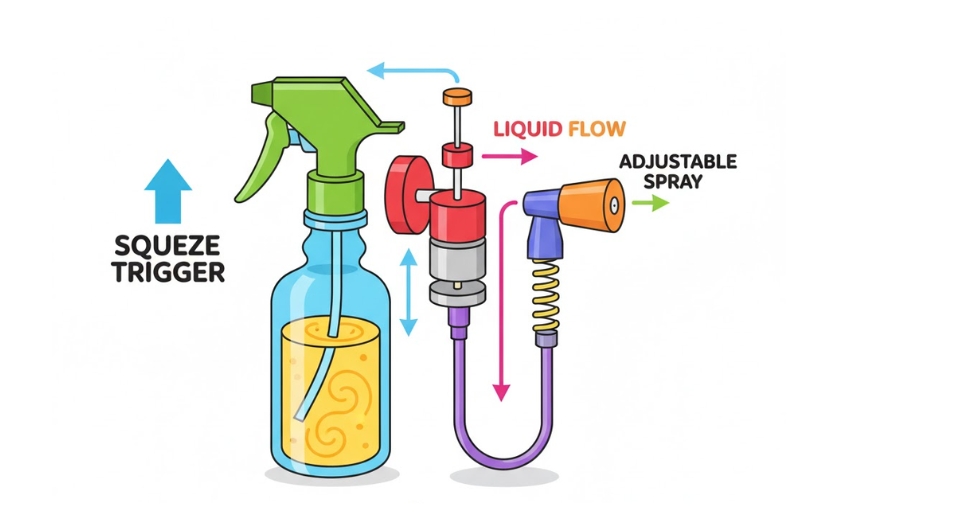
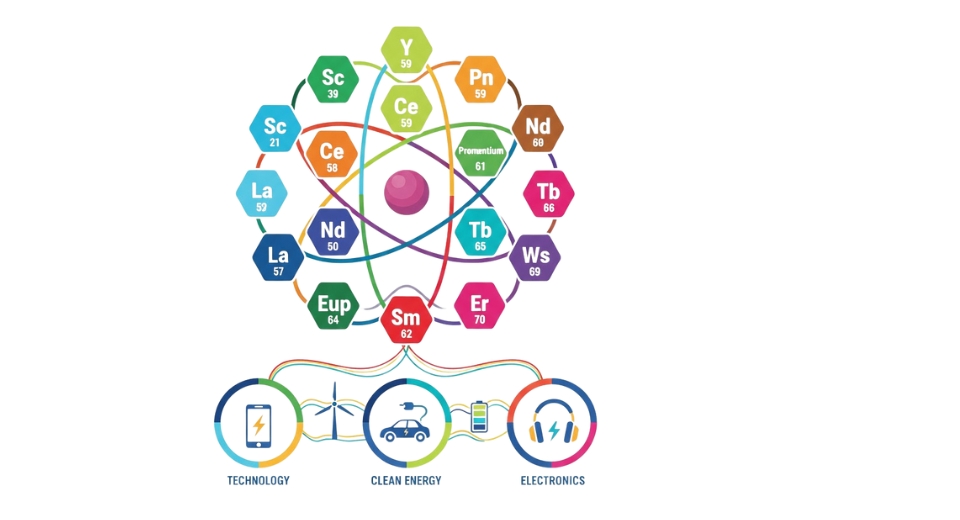

 US: +1 3023308252
US: +1 3023308252






